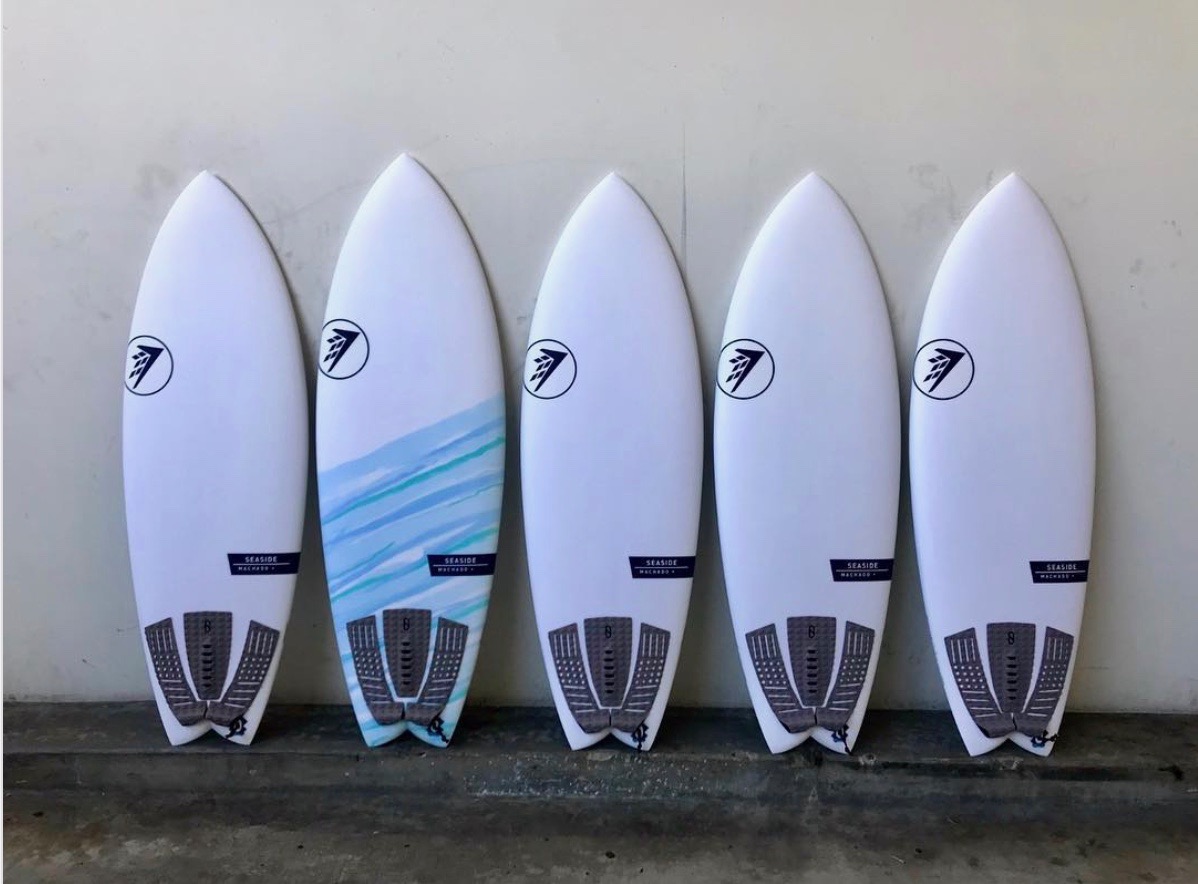What is behind Quiksilver's low stock price

Correction: Quiksilver says its current debt is $1.05 billion. I originally quoted Quiksilver debt as $1.7 billion in this story. I took the figure from a transcription of the third quarter conference call by Seeking Alpha that quoted the CFO stating that figure twice. Quiksilver says the transcription was wrong, that the CFO said the debt was $1.07 billion. That figure was later revised to $1.05 billion when Quiksilver filed its 10-Q. I should have double-checked the transcript against the 10-Q.
I talked to three stock analysts who cover Quiksilver yesterday about why the company’s stock is falling precipitously. The stock closed at $1.77 Monday.
Quiksilver, down 86 percent from a year ago, is not the only industry and consumer stock to get hit hard lately. Zumiez stock closed at $8.72 yesterday, down 81 percent from the same time last year. Volcom closed at $10.02, a 74.3 percent decline from a year ago. And PacSun closed at $2.70, down 84 percent from a year ago.
In the last couple weeks, however, Quiksilver’s stock seems to be taking more of a beating than others, so I tried to find out why.
I also checked the New York Stock Exchange listing rules about stock price requirements in case the stock keeps closing down. The exchange requires companies to maintain an average closing price over 30 days of at least $1. If a company receives a non-compliance notice from New York Stock Exchange, it has six months to take action before the stock could be suspended from trading or delisted. Revlon, Six Flags and Rite Aid are among the stocks currently trading below $1 on the NYSE.
Interestingly, the Nasdaq announced last week that it was temporarily suspending its $1 rule for three months because of market turmoil.
Now, back to Quiksilver. Here’s a summary of what the analysts said about the company and its low stock price. I ran all the issues raised below by Quiksilver yesterday to get their input. The company declined to comment, which is understandable given the delicate situation.
Uncertainty about Rossignol – Investors are worried that the Rossignol sale won’t close given the turmoil in the credit markets. The company has stated it wants to close the deal by the end of its fiscal year, which ends Friday, Oct. 31.
Because there has been no announcement from Quiksilver as the date moves closer, the uncertainty is a big factor in the stock’s continued decline, the analysts said.
“There’s going to be pressure on shares until there is an announcement,” said Claire Gallacher with Caris & Company in San Francisco.
Although Quiksilver previously announced it is selling Rossignol for approximately $147.3 million, less than the approximately $320 million that it paid for it, it will give Quiksilver a financial lift because the ski brand has been losing money and draining company financial resources and focus. The sale will also free up cash flow, which will help Quiksilver pay down its significant debt, which totaled $1.7 billion at the end of quarter ended July 31.
“If there’s an announcement that Rossignol closed, I expect the stock to get a boost from that,” said Jeff Mintz with Wedbush Morgan Securities in Los Angeles. “They still have lots of debt, they won’t be totally out of the woods, but it will be better for them if they close.”
Debt – Quiksilver’s debt of $1.05 billion is also hurting the stock price, analysts said. Investors are concerned about companies with a lot of debt, their ability to refinance it and get funding in the future given the tough credit markets, Mintz said.
Gallacher said the company also doesn’t disclose a lot of information about its capital structure, so Wall Street doesn’t have a lot of visibility about how much of its debt is of a short-term, unsecured nature that may be difficult to refinance given the situation in the credit markets.
Forced selling – Quiksilver stock is also getting hit by some institutional investors that have been forced to sell the stock because their companies have rules against holding stock priced below $5 a share. Some companies also have rules against holding shares priced below $1, Mintz said.
Macro issues – Concern about consumer spending, especially on apparel, are also hurting apparel and retail stocks in general, said Jeff Van Sinderen of B. Riley & Co in Los Angeles.
The VF question: We’ve all heard the rumors by now about VF Corp. making a play for Quiksilver. I ran the idea by the analysts to get their take.
In general, they said anything is possible given the turbulent environment and low stock prices.
“Six months ago, if you would have told me Quiksilver stock was trading below $2, I would have laughed at you,” Gallacher said. “So never say never.”
Gallacher and Mintz pointed out, however, if Bob McKnight wanted to sell at all, why sell now at such an enormous discount? At the current stock price, the company market cap is approximately $235 million. This is a company that recorded $2.4 billion in revenue its last fiscal year.
Most could see how Quiksilver’s stellar brands would fit nicely into VF’s portfolio, however.
What if the Rossignol deal doesn’t close? Gallacher said Quiksilver has funded working capital into Rossignol to get inventory in line for winter. She envisions Quiksilver going on with business as usual as it works to find another buyer, as difficult as that could be.
Gallacher doesn’t envision Quiksilver simply shutting down Rossignol and walking away from it.



![MIKE WEST THE DAILY 2[49]](https://shop-eat-surf.com/wp-content/uploads/2024/04/MIKE-WEST-THE-DAILY-249-600x400.jpeg)






